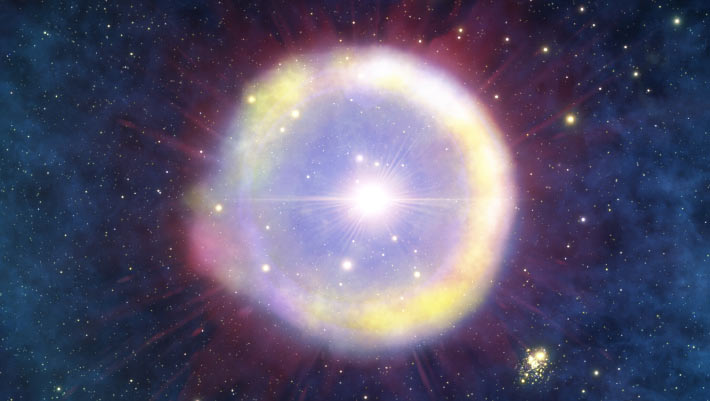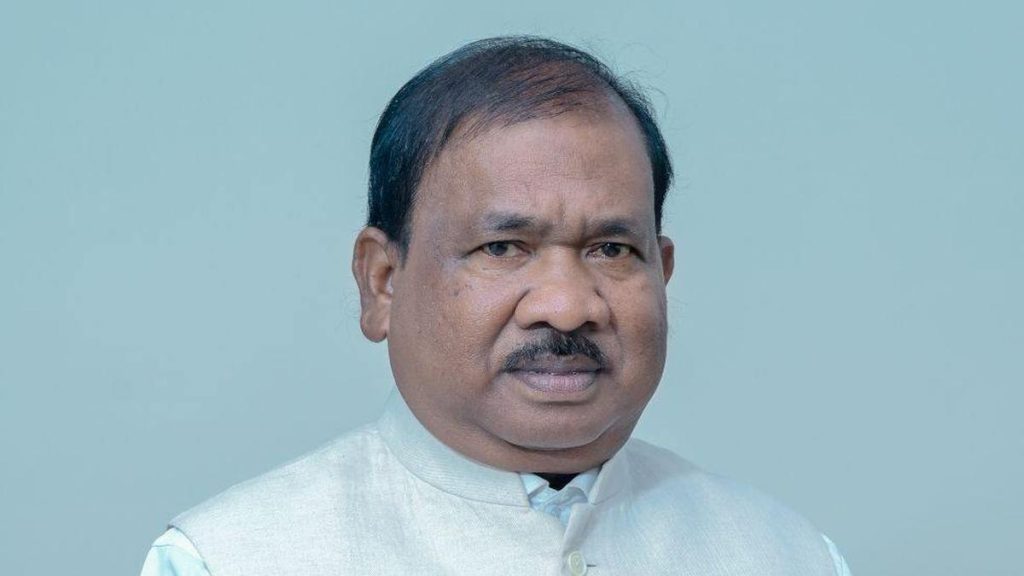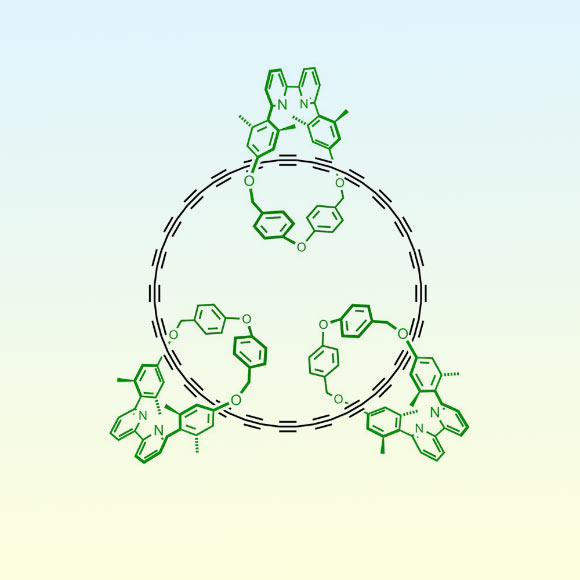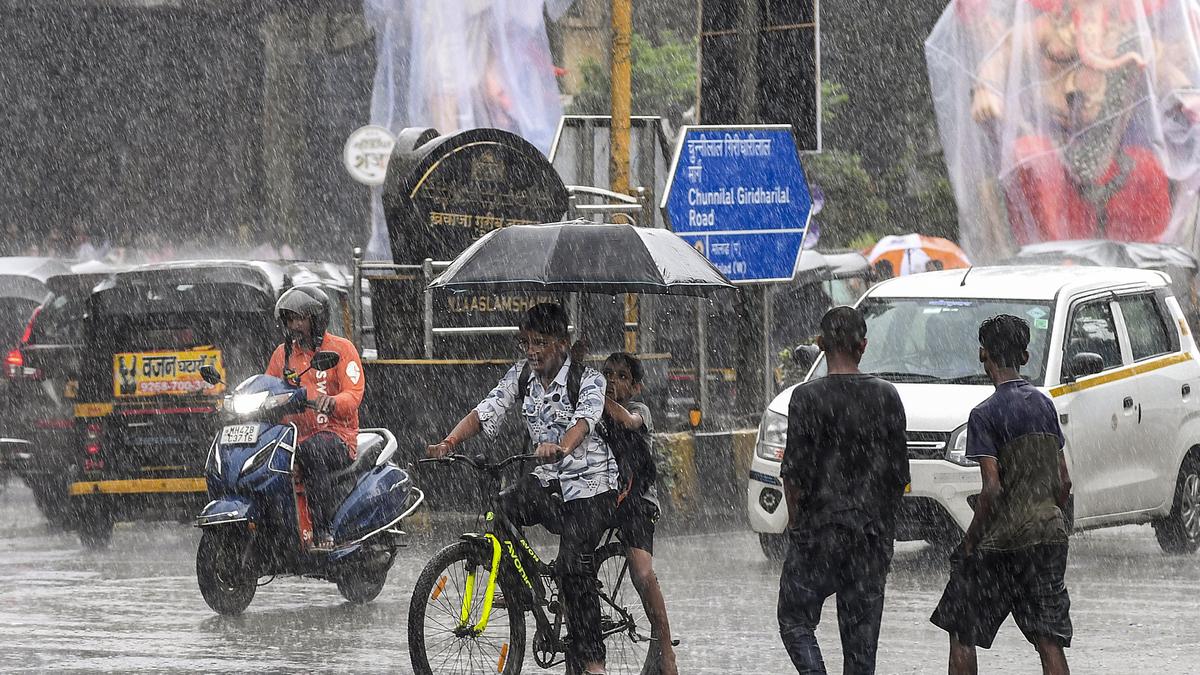Now Reading: New Theory Links Supermassive Black Holes to Universe’s First Stars
-
01
New Theory Links Supermassive Black Holes to Universe’s First Stars
New Theory Links Supermassive Black Holes to Universe’s First Stars

Quick Summary
- Population III.1 Stars Theory: Professor Jonathan Tan theorizes that Population III.1 supermassive stars, the first stars in the Universe, were progenitors of supermassive black holes.
- ionization Process: These stars rapidly ionized surrounding hydrogen gas, leading to massive regions of flash ionization and ending the ‘Dark Ages’ of the Universe.
- Connection to Black Holes: Supermassive black holes observed by NASA/ESA/CSA james Webb Telescope are thought to be remnants of these first-generation stars.
- Cosmological Implications: The theory has implications for unresolved questions in cosmology, such as Hubble Tension and Dynamic Dark Energy.
- New Prediction: This model suggests a “two-stage process” where an initial brilliant flash marked stellar birth before their disappearance, redefining early cosmic evolution.
- Expert Insight: Professor Richard Ellis noted this may explain why current telescopic observations show only a “second wave” of star formation.
Indian Opinion Analysis
Professor Jonathan Tan’s theory offers a compelling viewpoint on how cosmic processes shaped the Universe-linking early star formation with origins of supermassive black holes while resolving tensions in modern cosmology. Such discoveries continue to underline India’s need for investments in astrophysical research and potential collaborations with global space agencies like NASA or ESA. Even though conducted abroad, this work impacts global scientific understanding-an area India is increasingly engaging through projects like AstroSat and contributions to international observatories.
For Indian astronomers and policymakers alike, theories like these should inspire greater focus on early Universe studies and encourage programs fostering local talent capable of tackling frontier research globally. It also speaks volumes about linking theoretical models directly with observational advancements-a cue for India’s scientific community as it navigates future space exploration initiatives.


























